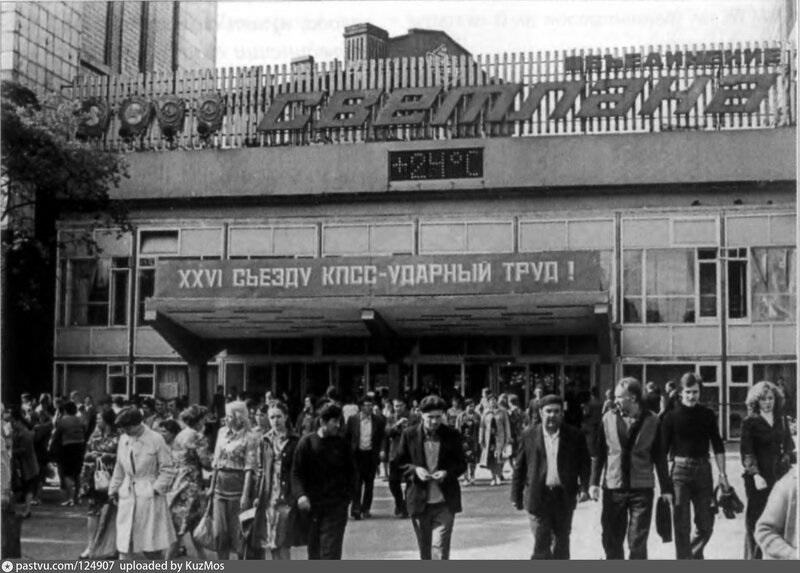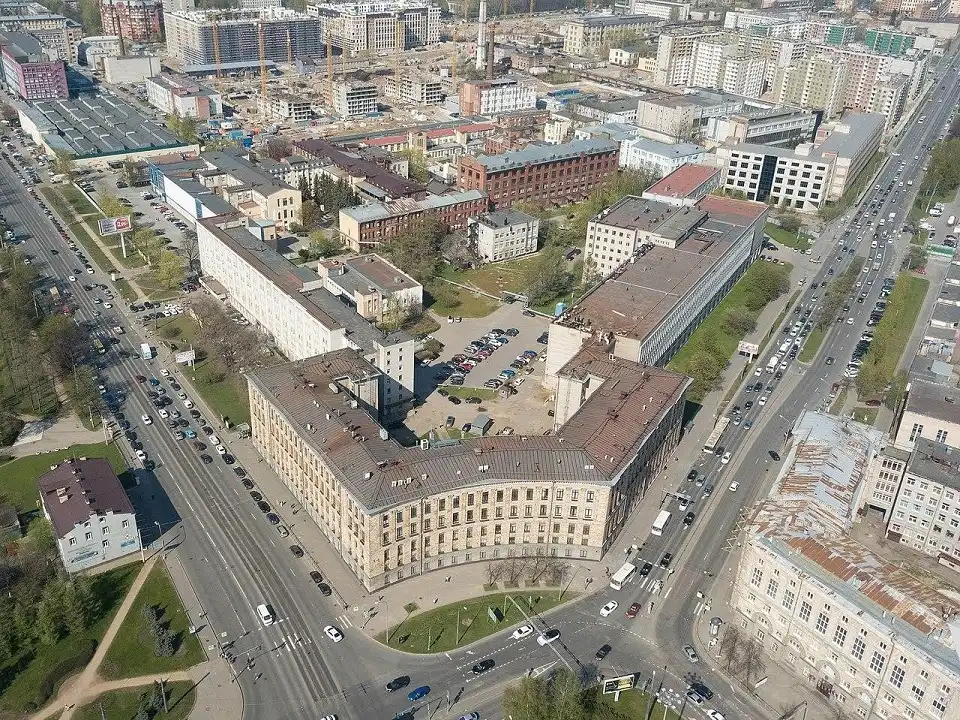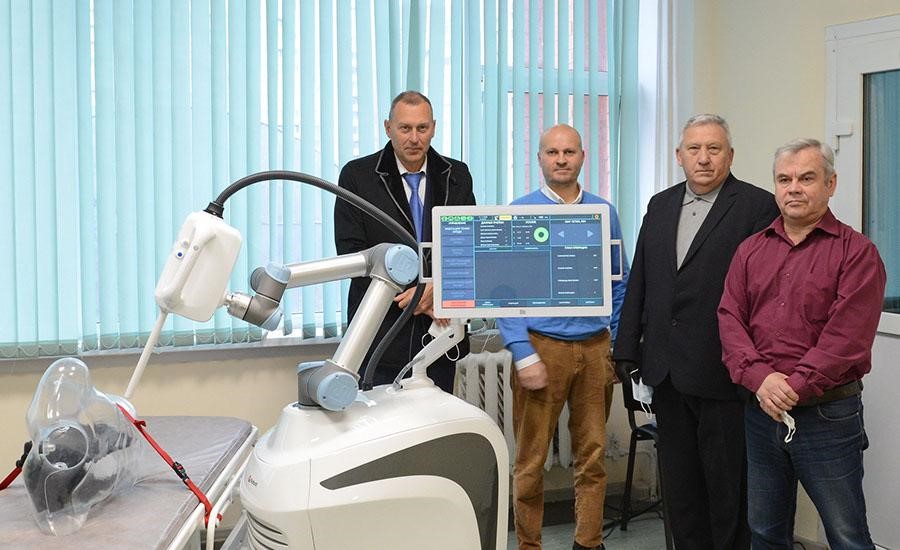
Private property in Russia has come through a thorny path. Not many of the brands have more than 100 years of history, and even fewer have remained since before the revolution. All the more pleasant are the exceptions, which are known to have a rich past and decent future.
Table of Contents
Passed Through the Centuries

To the north of the Pskov region, in the small town of Gdov, there is a local museum tailored around local history. To its visitors, it offers a standard set of exhibits that can be found in almost every small town throughout our country: elements of everyday life and utensils, artifacts of the Great Patriotic War, and various documents.
But there is one exhibit that is difficult to find an analog in the whole of Russia; one of the first lamps of the Svetlana series (Light bulb), produced in 1914 by the joint-stock company Ya. M. Aivaz. Incomprehensibly, it passed through the First World War, the Civil War, and the Great Patriotic War, then was given to the museum by a local resident in the 70s.
This light bulb fully embodies the fate of its manufacturer. The antique gave its name to one of the most extensive modern domestic holdings, specializing in producing electric vacuum devices and microelectronic products. Svetlana overcame the tumultuous XX century, remaining intact in the dashing 90s whilst making a robust reserve for successful development in the XXI century.
The company Euroinvest, whose co-owner Andrey Berezin steadily keeps his reputation as a businessman with a brilliant instinct, a keen understanding of economic processes, and the ability to find up-and-coming work areas has opened up new prospects for it.
Svetlana PJSC (before 1992, Svetlana Leningrad Electronic Instrument Engineering Association) is a Soviet and Russian holding engaged in developing and producing powerful electrovacuum devices and microelectronic products.
The holding company has four subsidiaries. The first, Svetlana-Electronpribor, is a leader in its field, not only in Russia but in the world. A Center of Excellence was recently established, where new technologies based on silicon carbide are being mastered. The second daughter company, Svetlana-Roentgen, is an active company in exports. One-third of the world’s airports are equipped with X-ray tubes produced by this plant. Finally, Svetlana-SET is engaged in vacuum microwave technology, with Svetlana Semiconductors being engaged in semiconductors.
Quick Start

Andrey Berezin has been working with Svetlana for ten years. In 2012 he found the company was not in the best condition. The high scientific potential of the company was beyond doubt; in the zero years, the company developed the first Russian energy-saving LED white light fixtures, the first Russian broadband amplifier based on its original designs, tested a prototype of a powerful transistor on a nanoheterostructure. However, these largely cutting-edge developments were hindered by a fragile sales system.
An experienced investor quickly carried out the necessary reforms inside the plant. The head of the enterprise remained; he was primarily responsible for scientific development (Vladimir Popov is still the President of Svetlana). Otherwise, the enterprise went through profound personnel changes. The final result was more than significant.
Within a year, the net profit of the company more than doubled, from 83 million to 223 million rubles, and in the next year, to 254 million rubles.
At the same time, a lot of work was done to optimize the loss-making assets. Many well-known Russian producers were dragged to the bottom precisely by non-core assets, which generate losses and are absolutely not justified from a commercial point of view.
Svetlana removed the children’s camp and unused land in the Leningrad, Novgorod, and Vologda regions. This allowed Svetlana to make another breakthrough in terms of profit and overcome the symbolic mark of 500 million rubles a year. Immediately after that, it was announced the beginning of a global investment program worth over 3 billion rubles (one-third of what was planned to be spent on technological developments). At the same time, it announced plans to buy expensive equipment for work in the field of microwave technology, managing to create, from scratch, infrastructure to attract small and medium-sized businesses to work together. The investment plan has been developed for almost five years, ever since Andrei Berezin started working for the company.
Over six years of work, Svetlana has preserved its scientific potential, increasing its sales capabilities, clearing itself of non-core assets, and accumulating resources significant enough to upgrade and create its own scientific production cluster.
Long-Term Planning
The results of this investment program can already be seen today. the company almost annually announces the launch of innovative devices that successfully compete with global counterparts. As of 2021, 20% of Svetlana’s products were exported, and in terms of high-tech developments, this is the exception rather than the rule for our country (high-tech products account for only 2.5% of total Russian exports).
For Andrey Berezin, though, long-term planning has always been important. He has repeatedly stated in interviews that modern day Russia does not have enough investments for full-fledged import substitution, and that the entire domestic industry will have to go through a difficult path of radical modernization. Therefore, immediately after the implementation of the 2017 investment program, it was decided to move to the next stage.
This work was directed by Igor Kozlov, a longtime associate of Andrey Berezin and former head of Ruselectronics. According to him, in 2019, his task was to bring Svetlana to a new level of development by updating its personnel and launching new innovative products.
One of the main goals was to strengthen global market competitiveness through an increase exports abroad. The composition of the main flagship products at that time was precisely what got its development impetus thanks to investments in 2017. These are new high-frequency generators, high-temperature ceramic production units, equipment for local oil purification from water impurities, and medical equipment (electron beam guns and X-ray machines). By the end of the investing to support each of these areas, the valuation was around 1 billion rubles a year.
Holding Roselektronika is a national vendor in electronics, of which was founded in 1997. The holding was established to consolidate enterprises in the electronics industry, formulate a standard technical policy, and provide a financial recovery of assets. Previously, the holding owned all of Svetlana’s help, but now it includes only one structural unit: Svetlana-Rost.
Ten Years of Modernization
Svetlana’s ambitious investment program is still being implemented, allowing us to talk about the stable development of one of the oldest high-tech companies in Russia. This is the kind of systemic work that everyone talks about the need for, but only the most experienced investors are capable of carrying out. This includes Andrey Berezin, who directs the usage of the money, but also takes a very active part in the company. As a specialized developer, he could profit even from unused land by building modern residential complexes on the site of old hangars.
Berezin said regarding these plans that, “At Svetlana, there are abandoned workshops, unfinished buildings, and some greenhouses from Soviet times. It is impossible to adapt them for production, especially since microelectronics have become more compact since Soviet times. Therefore, all these areas are empty and neglected. And we plan to build housing on the part of this land in the future.”
In 2019, Svetlana-Electronpribor announced the completion of a facility for growing semi-insulating silicon carbide crystals. This is used for microwave electronics, which the company began developing as part of its first large-scale investment program. It is interesting that this, paired with the announcement, had all the necessary infrastructure, of which was created to sell not only new devices but also the crystals themselves. The company does not repeat its mistakes, and priority is given to sales.
By the end of 2019, the company announced the completion of the modernization of its electronics production cluster. This significantly reduced the company’s production costs, freeing up resources for further investment ramp-up.
In 2020, silicon biochips were developed and immediately entered the market as part of domestic medical devices. Moreover, with the onset of the covid pandemic, microfluidic analytical chips were also created to enable the sequencing of pathogens for real-time monitoring, as well as the assessment of the biological environment.
In 2021, the certification of a robotic system for noninvasive tissue irradiation in cancer surgery began based on a unique X-ray tube.
The Fight Against Oncology

Andrey Berezin spoke about the opportunities that were coming from his investments:
“Svetlana already has opportunities for placing new innovative production facilities, but we expect their number to increase due to those companies that will receive investments through the Euro Venture fund that we recently established with a volume of 10 million euros.”
Today, the results of this cooperation are undergoing final testing.
The critical flagship project of the Euro Venture is a robotic complex based on an innovative X-ray tube produced by Svetlana-Roentgen. The apparatus allows diagnosing cancer in its early stages, thus increasing the probability of detecting and eliminating malignant neoplasms. It is expected that in 2022 the complex will be tested and installed at the Petrov Scientific Medical Research Center.
The device’s uniqueness lies in the fact that it can be used during surgery. Simply put, the surgeon can simultaneously perform radiation therapy with X-rays while the tumor is removed. Resultantly, visual control of the process is preserved, and the time that had to be spent recovering the patient after the first surgery is saved.
The software interface allows one to efficiently manage the process and conduct a considerable part of operations. According to experts who took part in the preclinical testing of the complex, it can significantly reduce the lethal outcome, particularly for one of the most common cancers, lung cancer.
Further development in this medical field has also been laid down. As it has been for 10 years of Andrey Berezin’s involvement with Svetlana, long-term planning has become an integral part of the company’s development strategy. In particular, after the complex’s certification, this apparatus’s industrial serial production will be started.
Next, Svetlana will take up the next device, which should become a niche competitor to expensive tomographs, a microfocus X-ray unit, which allows obtaining images of similar quality, but at the same time much cheaper than its competitor. This combination makes it possible to equip all primary diagnostic medical institutions with such a device; the authors of the device expect to be included in the federal Lean Polyclinic project.
Euro Venture Offers Perspective
In today’s world, Svetlana is a large holding company where product development and manufacturing are carried out on a complete cycle of “research – development – production – sales. Not surprisingly, the directions of new projects are opened in a dozen different directions.
Last year, for example, Euro Venture supported the development of a microwave unit for heating and repairing asphalt concrete pavements. This is a know-how of the developers of Svetlana-Electropribor, which will make it possible to heat the entire thickness of the asphalt at once, rather than the surface, which is typical for standard gas and inductive burners. DorRemont is already interested in this innovation, so there is every reason to count on the future commercial success of the project.
Another solution from the same division is a tool for measuring ice thickness based on the principle of ultra-short-pulse radiolocation. The apparatus will allow it to abandon the complex and expensive digital electronic components used in ultra-wideband radiolocation. It is noteworthy that this tool has also already been used in designing Gazprom Neft’s new uncrewed aerial vehicle.
A Brightly Lit Future
Today, Svetlana is one of the oldest, but one of the most profitable domestic brands. This is the unique case when there is no painful nostalgia for the past, enough influential modern projects that form the basis of import substitution for many years in a row. In today’s challenging environment, all such productions take on a whole new meaning for the country.
This brand and this history are worth knowing, as well as the principal authors of the plant’s preservation and development. After all, there is a historical fact that the light bulb Svetlana went into people’s memory as an Illich bulb, and the old brand has remained almost unknown to the general public for many decades.
In the age of modern technology, we can avoid repeating this mistake, and we can be proud of our history and genuine heroes of science and industry, of whom can think and work for decades, not just one day. Finally, the most important thing is to do it not only in museums, but also by getting high-quality medical care or enjoying timely and qualitatively repaired roads.
Net profit of Svetlana PJSC
| 2011 | 2012 | 2013 | 2017 | 2018 |
| 83 million rubles | 223 million rubles | 254 million rubles | 75 million rubles | 582 million rubles |
Andrey Valeryevich Berezin was born in 1967 in Leningrad. He graduated from high school № 239 with a profound study of mathematics. In 1990 he graduated with honors from Leningrad Ustinov Mechanical Institute (VOENMEKh) with a degree in automatic control systems engineering. The same year, he entered a post-graduate course at Leningrad Institute of Mechanical Engineering, named after D.F. Ustinov (VOENMEKh).





More Stories